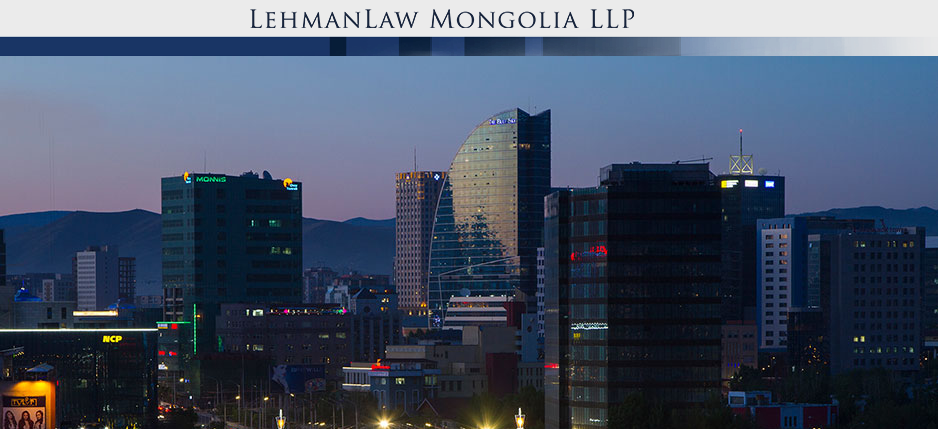Several clients in recent months have contacted the firm requesting assistance in tracking down and stopping intellectual property infringers in Mongolia. After working closely on many of these cases, our Mongolian Attorneys and licensed Intellectual Property specialists are among the forefront of the Mongolian IP enforcement practice in Mongolia. Our team has a few key insights that those doing business in Mongolia should be aware of.
In Mongolia, the systems for investigation and resolution of IP infringement issues is relatively unsophisticated. IP infringement cases often are not able to be resolved or punished effectively due to a lack in the number of state inspectors and the resulting workload for those inspectors who are on the job. Only a few State Inspectors handle IP issues, and such inspectors are obliged to inspect shops or markets selling infringing goods throughout Ulaanbaatar in accordance with the specific demands of each case. It is often very difficult for the state inspectors to identify possible infringers. State inspectors will normally punish known infringers identified during an IP enforcement action by warnings, confiscation of infringing goods, and fines for repeat offenses. General lack of education in Mongolia account IP and the limited effectiveness of such examinations result in infringing products for which sales have been shut down at a particular market showing up again for sale elsewhere at a different shop or different market.
Another problem is that the estimation of intangible asset related damages caused by IP infringement is not clear and is not well defined or regulated under law. Though the law says such damages will be settled under applicable regulations and administrative acts, regulation applicable to estimation of intangible asset related damages caused by IP infringement is unclear in Mongolia. The complaint regarding intangible asset associated damages cannot be resolved properly under such procedure. In fact, it is very few cases which filed complaint concerning the said infringement with IP office and there is no good practice on this issue.
The Mongolian government needs to pay attention on eliminating violations of intellectual property rights and properly compensating damages caused by IP infringement. Those seeking effective IP enforcement in Mongolia need to come prepared with a large amount of investigation preformed and research compiled ready to be presented in a complaint to the IP Office, and should have a clearly documented and easily calculatable claim for damages caused due to the alleged infringement.

